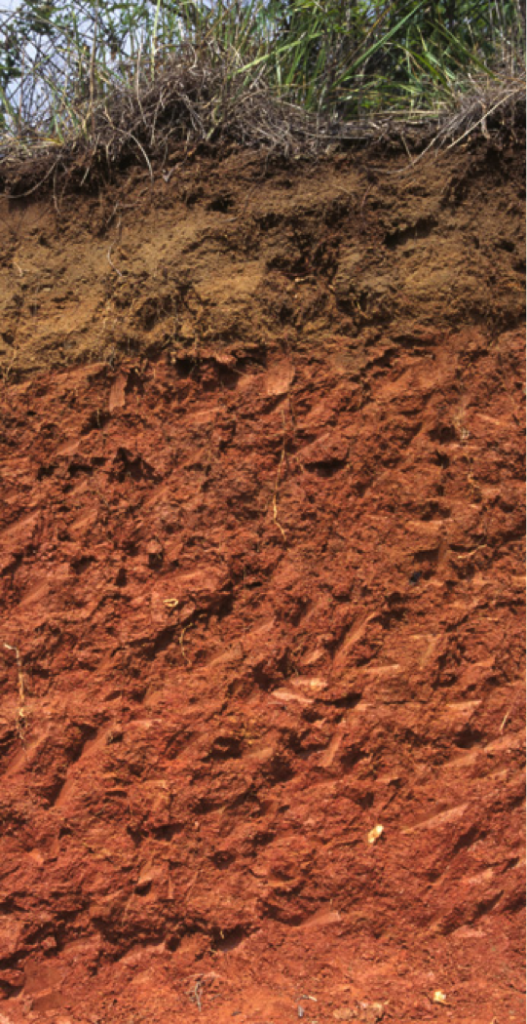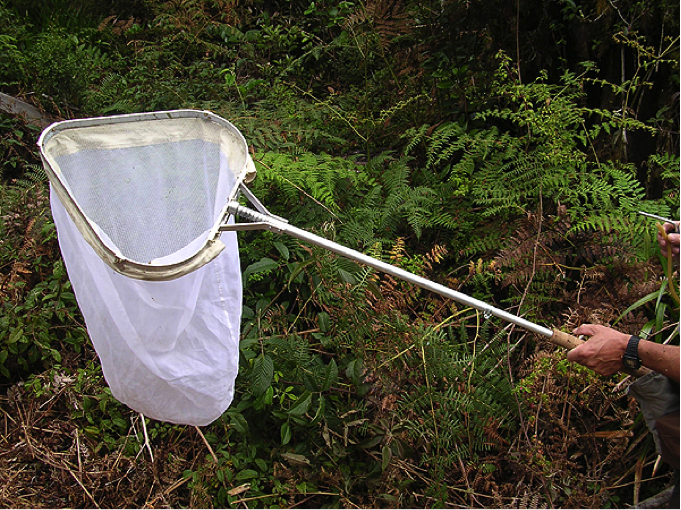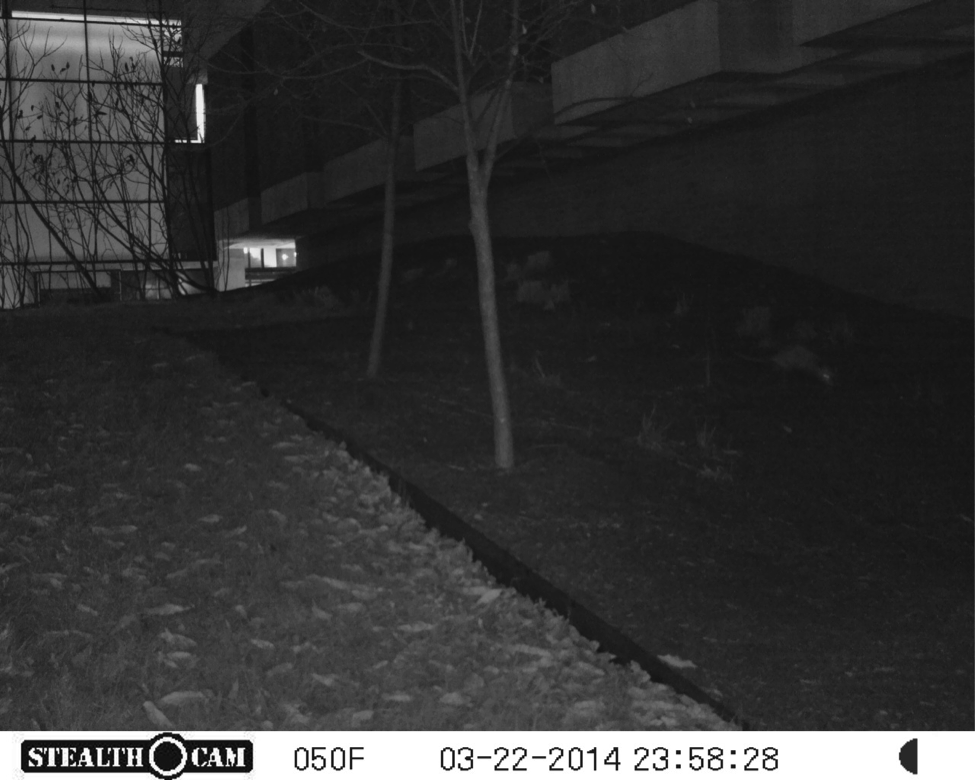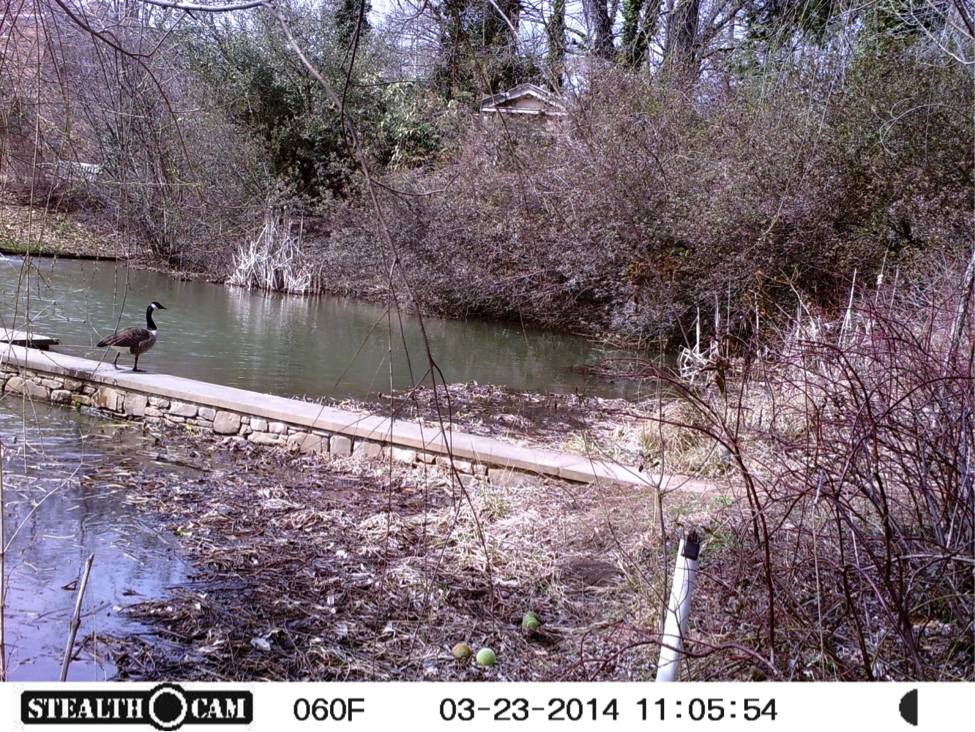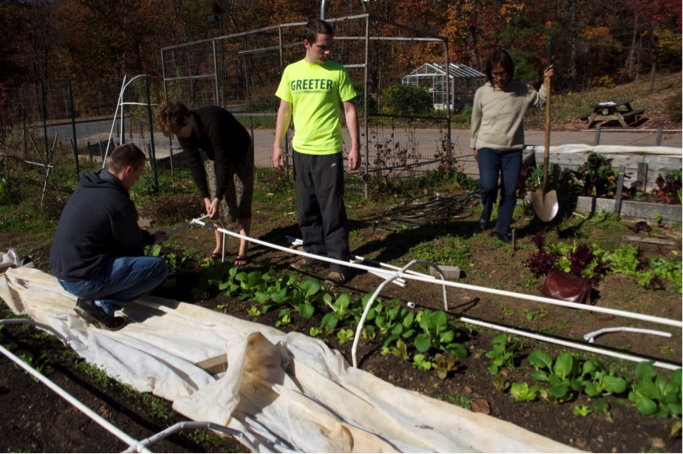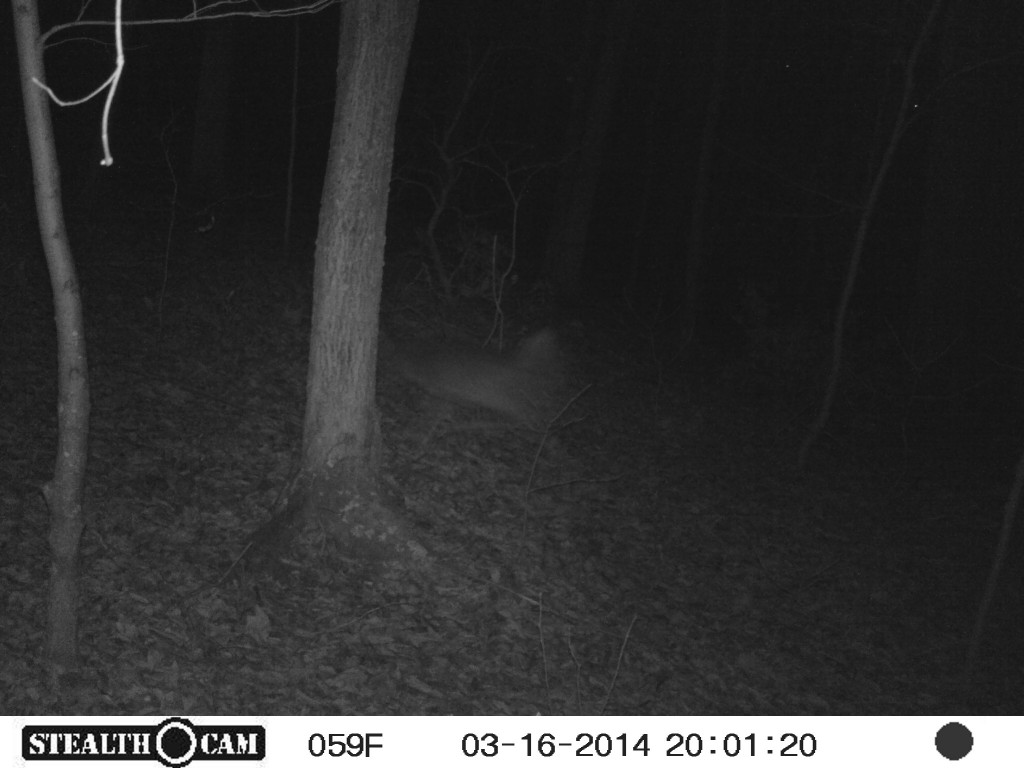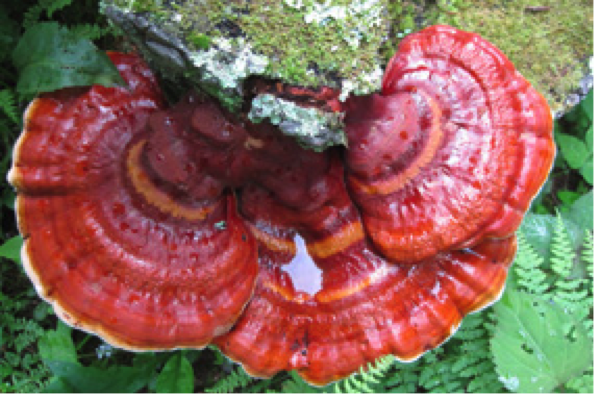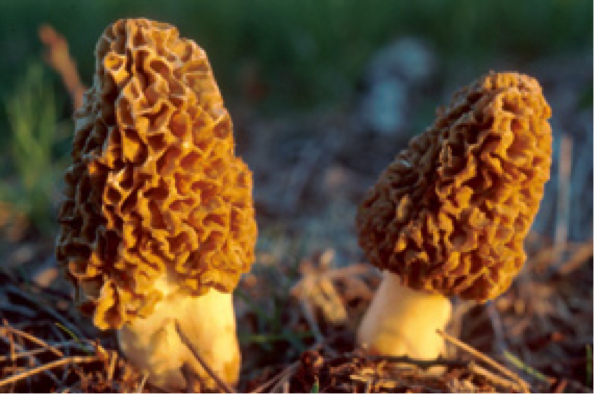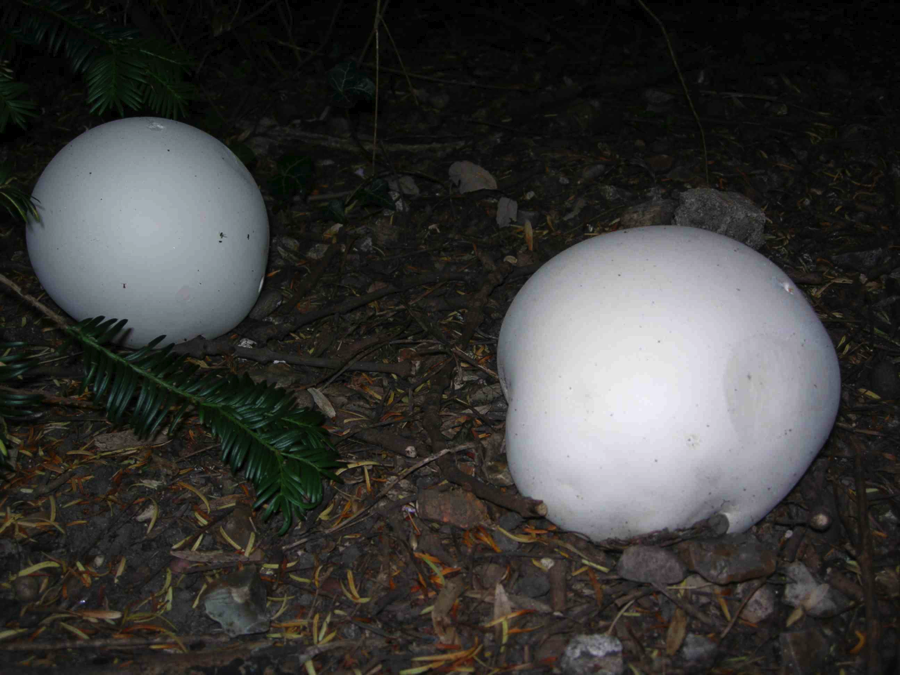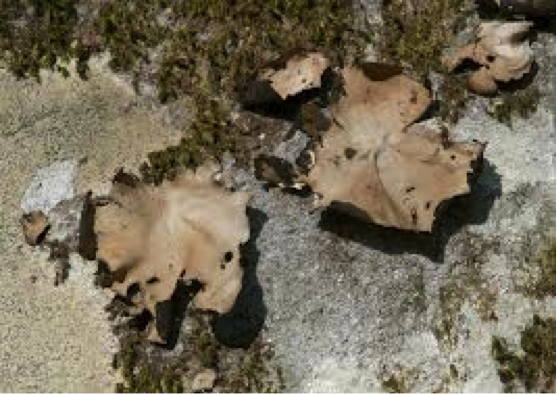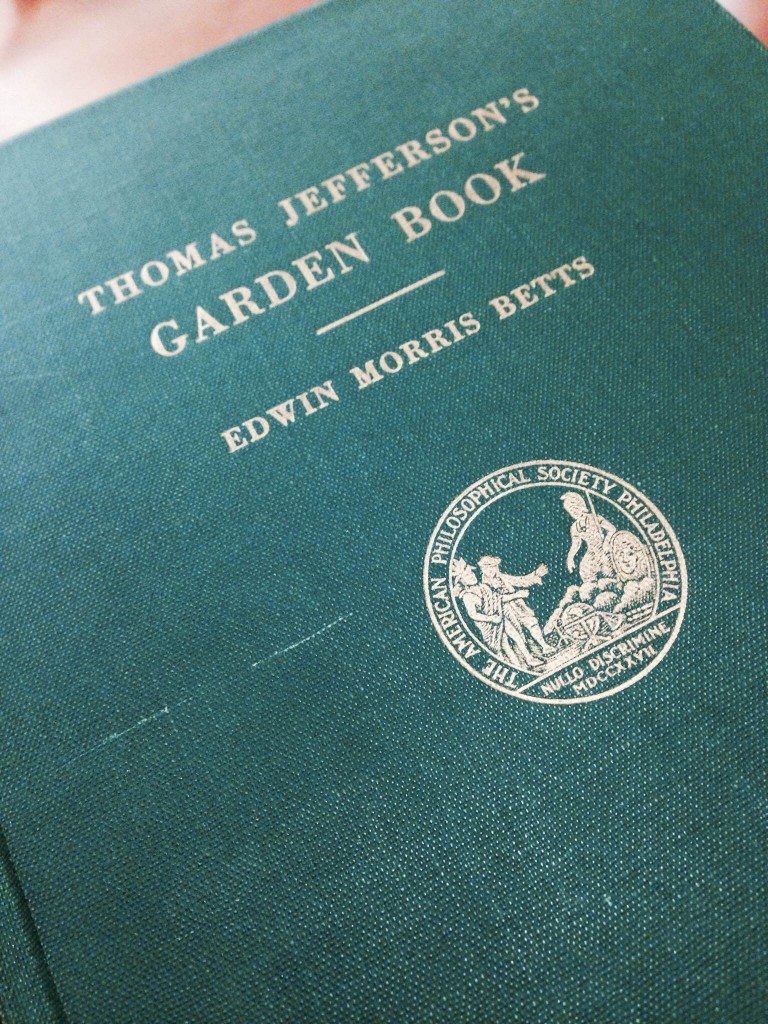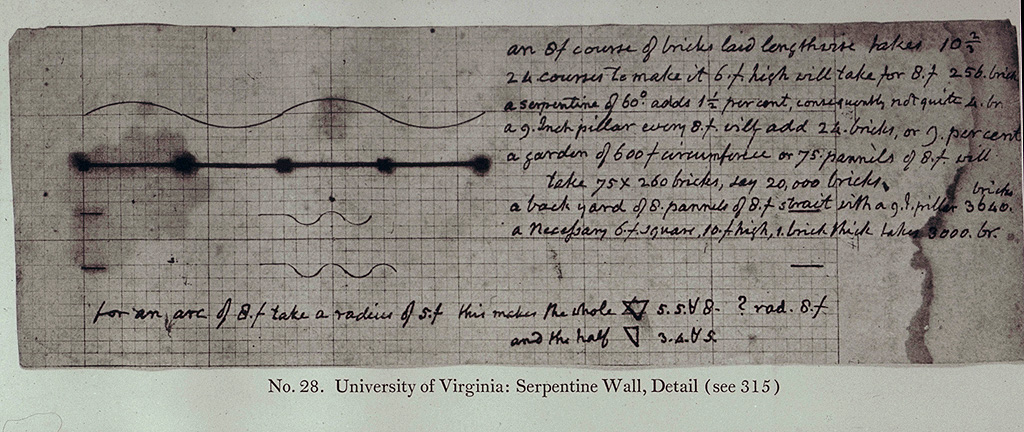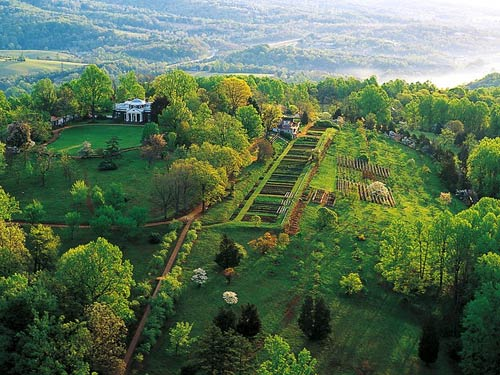As a gardener (and member of the UVA Community Garden), I am intimately familiar with soil and the need for healthy soil to grow healthy plants. In the past several years, I have learned quite a bit about Virginia soil and how to coax productive plants from it. Naturally, Virginia soil is very high in red clay; the predominant soil order in Virginia and the rest of the Southeastern United States is ultisol. Ultisols are acidic red-clay soils that are suitable for forestry, but don’t have enough natural fertility to support agriculture. Ultisol soil is strongly leached and lacks many essential agricultural minerals and nutrients, like calcium, magnesium, potassium and sodium. To make the soil suitable for agriculture, fertilizers and lime must be added to the soil to boost fertility. We have also learned in class that healthy soil should contain significant numbers of microorganisms that can be added to soil in the form of organic matter like compost. Soil that contains ample amounts of nutrients and microorganisms may be considered healthy. Having healthy soil is important for a number of reasons, not the least of which is the efficient production of fruits and vegetables for human consumption. Healthy soil also encourages farmers to use less artificial soil additives (unnecessary if the soil is already fertile), healthy soil is better at holding water, and encourages good practices to maintain the health.
As a member of the community garden, I have seen the soil change and improve over the last several years as we have been taking care of it. Each growing season, we make a point to condition the soil with a large dose of compost – the garden does not use synthetic fertilizers, pesticides, or herbicides. We take care to leave cover crop or existing plants in the beds over the winter so the roots can help prevent erosion and soil runoff, which is another tenet of maintaining healthy soil. We keep the soil and plants properly watered to maintain good hydration. Our efforts have noticeably paid off and in the last few years, the soil has gone from hard packed, mostly clay to rich, brown-red soil that produces healthy plants. The difference was particularly noticeable at a recent workday when I compared the soil at the two different plots that belong to the community garden. The main plot by Observatory Hill Dining Hall has been steadily worked for several years and now has fertile, compost-augmented soil that is brown to deep red. In contrast, the plot behind Gilmer Hall which has not been worked consistently has packed soil that is a much brighter red. When the ground is no longer frozen, our group may look into examining the differences between nutrient and microorganism content between the two plots. We also plan to examine the benefits that compost brings to our soil. Currently, we get our compost from Black Bear Composting but we want to build our own composting system to become a self-sustaining garden. Our next blog about the garden will examine compost more closely and how it benefits the soil.
In regard to soil’s capacity to sustain life and perform as a home for creatures micro and macroscopic, Virginia clay soil has much potential. In regard to microbial biomass, microorganisms need moist soil and organic matter to consume. One huge benefit to clay soil is that it holds water well, creating a hospitable environment for microbes. Adding organic matter (through compost) to clay soil not only benefits microscopic organisms but ones that are plainly visible to the human eye as well. Take, for instance, worms. Vermicomposting is a well-known and popular method of composting that uses worms to aid in the decomposition of organic waste. Worms are also a huge benefit to soil in general for their aerating and casting-enriching capabilities. This is especially important in clay soils where worms help to loosen the easily compacted soil and enrich it with their castings.
http://www.nrcs.usda.gov/wps/portal/nrcs/detail/soils/survey/class/?cid=nrcs142p2_053609
http://www.nrcs.usda.gov/Internet/FSE_MEDIA/stelprdb1237749.pdf
http://www.nrcs.usda.gov/Internet/FSE_DOCUMENTS/stelprdb1049061.pdf
http://sci.windwolf.org/soil/orders11.htm
http://www.britannica.com/EBchecked/topic/613380/Ultisol
Post by Ida Yu, Fourth-Year, Computer Science and Psychology, Global Sustainability Minor
